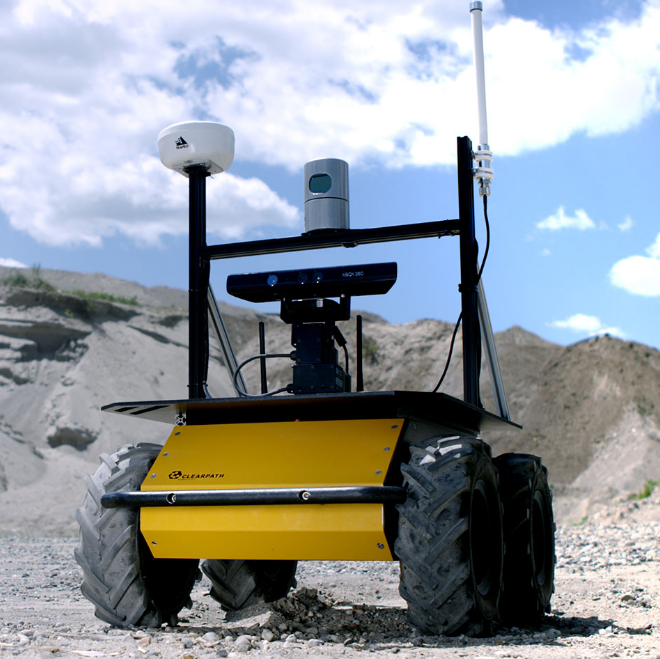激光雷达点云数据均为作为主要输入,使用时无需考虑具体几个传感器和类型,可认为是一个雷达产生的点云数据。但实际cartographer通过RangeDataCollator类将多种传感器进行了融合,并进行了时间同步,最后形成对应的时间戳,pose和点云集合。在真正使用时通过畸变校准,并构建scan match和插入submap的传感器数据rangedata。
有多个雷达的点云信息,它们的各个点可能时间会重合,因此需要将所有雷达的点云信息进行时间的整理,保证所有点的时间是单调的。多个雷达数据合并到一起,它们的原点可能不一样,因此要保存各自的原点。
头文件部分:1
2
3
4
5
6
7
8
9
10
11
12 // 插入集合
sensor::TimedPointCloudOriginData AddRangeData(
const std::string& sensor_id,
const sensor::TimedPointCloudData& timed_point_cloud_data);
private:
// 融合
sensor::TimedPointCloudOriginData CropAndMerge();
// 期望处理传感器类型清单
const std::set<std::string> expected_sensor_ids_;
// 同步和融合后集合,每种传感器至多一帧点云数据
std::map<std::string, sensor::TimedPointCloudData> id_to_pending_data_;
1 | sensor::TimedPointCloudOriginData RangeDataCollator::AddRangeData( |
进一步处理在CropAndMerge,这个函数十分复杂。 简单理解如果有一个传感器频率较高,已经来过一帧并进行了缓存,另外一个未来,
这个传感器又来一帧,则先进行截取合并送出结果(实际上就是上帧缓存的点云直接发出),
然后将新来的一帧替换换来的buffer。
